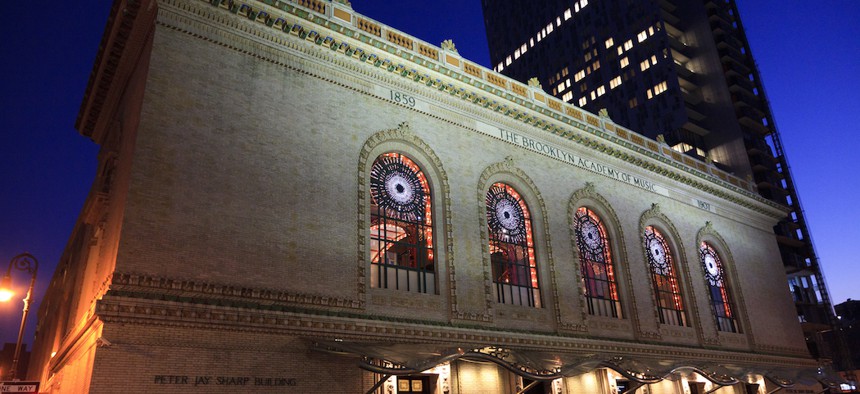In order to balance New York City’s massive budget deficit, Mayor Bill de Blasio and the City Council will have to make some very difficult decisions. However, while the City’s annual expense budget must cover all services and current needs, the separate capital budget – which is funded by issuing bonds – underwrites long-term construction and public infrastructure projects. If properly deployed, capital funds will support significant job growth, encourage transformative building projects and effectively drive the city’s economic revitalization – especially if they invest in the arts.
According to the New York Building Congress, every $100 million in construction spending creates an estimated 665 jobs, including temporary construction jobs, permanent jobs in the building itself and ancillary construction. New York City’s Capital Commitment Plan for fiscal years 2020 through 2024 includes $1.1 billion in planned commitments for capital spending for cultural projects. This translates to approximately 7,300 jobs that will be added as a direct result of the city’s capital investment in its cultural community.
Important new venues such as the BAM Fisher, which opened in 2012 and includes a theater, a classroom and a rehearsal space, could not have been built without access to these public capital funds. And while the city budget is currently constrained, bonds are paid back over many years.
Capital investment in the cultural sector is New York City’s greatest hope for future glory. Cultural buildings are one of the city’s greatest assets. Even during the darkest times, they stand as beacons of hope for both visitors and residents. It’s incomprehensible to think about New York without historic treasures, such as the Metropolitan Museum, the Museum of Natural History, and the Brooklyn Academy of Music, more commonly known as BAM.
More recent additions to the city’s cultural landscape are architectural triumphs as well – and they are increasingly found in the outer boroughs, including St. Ann’s Warehouse, a Civil War-era tobacco storage facility in Brooklyn Bridge Park that has been adapted into a theater, or the Queens Museum, which was originally built in conjunction with the 1939 World’s Fair in Flushing Meadows.
These are just a few examples of how city capital funding of cultural institutions has defined New York as the greatest artistic center in the world. Capital funds for culture are used not only to build new structures, they provide much needed funds to keep these buildings in shape to meet the demands of 21st Century audiences. These are dynamic public spaces that welcome millions of attendees annually, and they experience a lot of wear and tear as hundreds or even thousands traipse through them every day.
That’s a good thing: Our cultural spaces are well-used and well-loved. Arts buildings should not only be beautiful and safe, they must also be “healthy.” In light of the coronavirus pandemic, New York City will need to add capital dollars to retrofit buildings for better flow of patrons, improved ventilation and more individual space.
Culture is good business for New York. The city should continue to invest in this great and enduring resource that defines the character and energy of this City now and forever.


